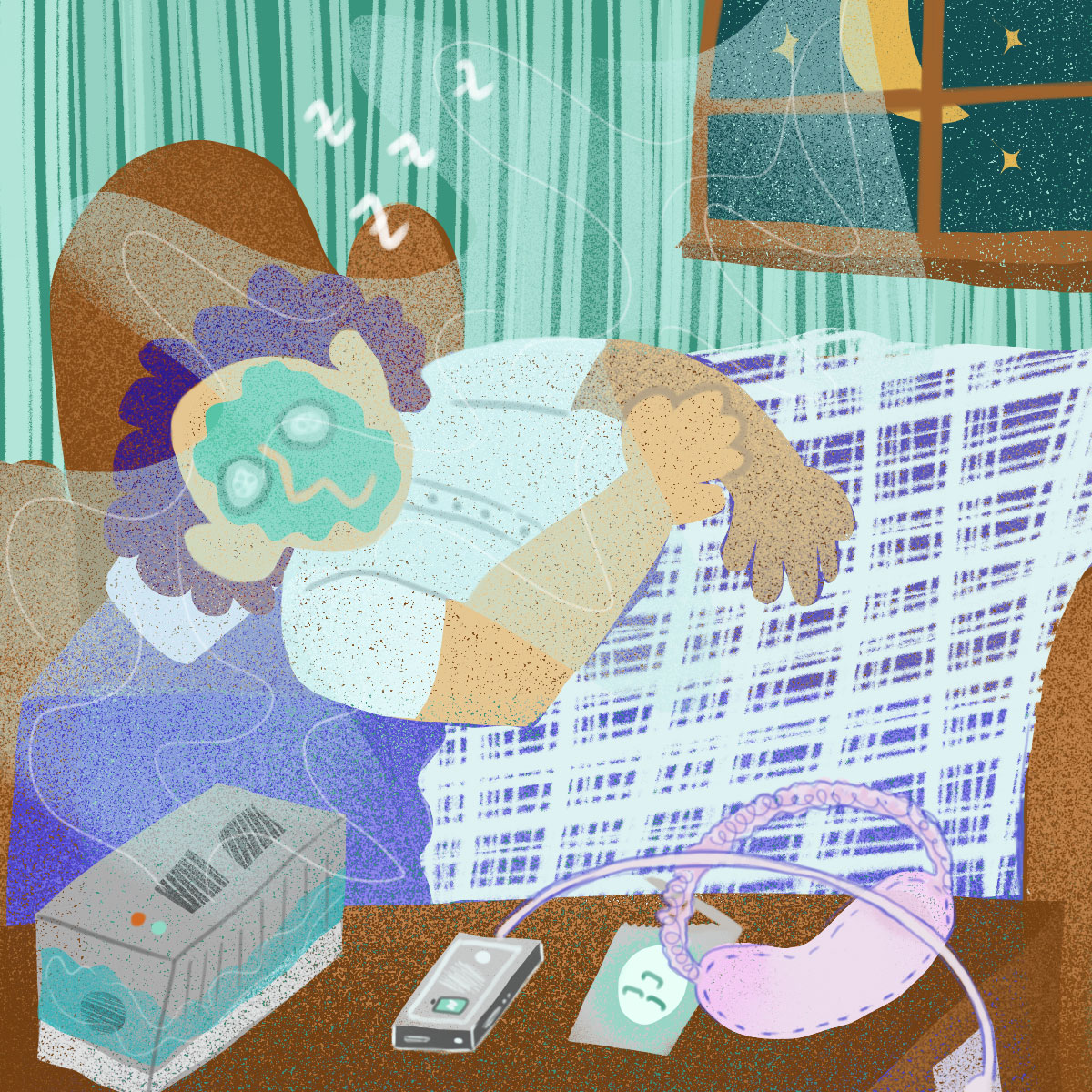Unlocking Your Best Sleep: Listening to Your Body’s Sleep Cues

Unlocking Your Best Sleep: Listening to Your Body’s Sleep Cues
By Peyton DeMaio
For something we all need to function, you would think sleeping would be easier to do. How many times have you gone through stretches when you just can’t seem to fall asleep? Staring at the ceiling wishing your eyelashes were even just a little bit heavy. It is a scary place to be, especially when you check the time and it’s almost time to wake up! Today we’re going to talk about sleep and go over some basics about how you can improve on that crucial 8 hours.
So firstly, when is the best time to go to sleep and wake up?
Your circadian rhythm, often referred to as your body’s internal clock, is what determines various bodily processes, including sleep and wake cycles. It also influences other rhythms, such as hormone production and alertness, like the post-lunch dip, which can make you feel tired after eating. Each person has a unique natural rhythm, and how long you are awake plays a significant role in determining when it’s time to sleep.
Research suggests that most individuals have a distinct sleep gate, a specific time period ideal for falling asleep. However, in practice, pinpointing this precise moment can be challenging. The essential guideline is to go to bed when you feel sleepy, regardless of the clock time.
The key is to be tuned into your body’s signals and provide it with the opportunity to get the sleep it needs. As an example, if you get that sleepy feeling on the couch watching TV at 9:00 pm, it’s advisable to head to bed and get some rest at that moment.
Now that we know when to sleep let’s learn how to sleep. Optimizing your sleep boils down to three key factors.
Firstly, your sleep-friendly bedroom is crucial. Ensure it’s dark by eliminating all sources of light. Consider using thick curtains or blackout blinds. A comfortable bed is essential, and allowing fresh air in by cracking a window can be beneficial, depending on your climate.
A quiet environment is equally important, so using earplugs is a good idea. The ideal bedroom should be quiet, cool, and comfortable, with a temperature ranging between 16-18°C or 61-64°F. This temperature range is optimal because your body needs to drop one degree overnight for quality sleep, with most of this heat being released from your head. You should create a temperature gradient within your bedding to facilitate this process.
Secondly, prepare your body for rest. Engage in physical exercise during the day or undertake mentally stimulating activities to make sure you’re adequately tired when bedtime arrives.
Lastly, achieving a peaceful mind is a must for a good night’s sleep. Worrying about that thing you did six years ago will impede your ability to fall asleep. To relax, read a book, pet your dog, that kind of thing.
Try to avoid blue light from screens like computers and phones for at least an hour before bed. Blue light can suppress the release of melatonin, the hormone that signals your body to prepare for sleep. Staring at screens before bedtime can lead to longer sleep onset, lower sleep quality, and increased daytime sleepiness. Some individuals use apps that filter out blue light, but be cautious not to increase screen brightness, as bright light can also negatively affect sleep. If you must use a light source, stick to a standard bedside lamp.
Citation: Stanley, Neil. (2019). Handbook of sleep medicine. Edited by John M. Shneerson, Blackwell Science. ISBN: 0-632-05135-3. Human Psychopharmacology: Clinical and Experimental. 16. 196-196. 10.1002/hup.283.abs.
